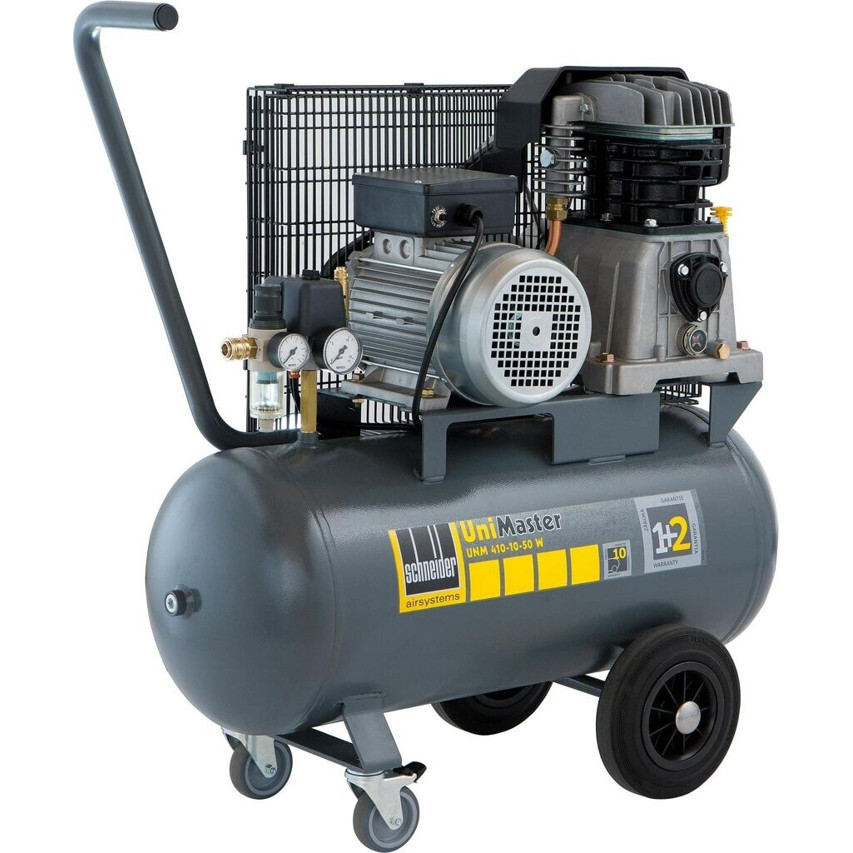Winkelschleifer 125mm Angebot
- Social Links:
Overview
-
Sectors Travel
-
Posted Jobs 0
-
Viewed 42
Company Description
5 Conspiracy Theories About Buy A Belt Sander You Should Avoid
The Ultimate Guide to Buying a Belt Sander
Belt sanders are versatile power tools that can smooth big surface areas quickly and effectively. Whether you are a professional woodworker or a DIY lover, a great belt sander can make your jobs simpler. However, with a lot of choices offered in the market, picking the right belt sander can be frustrating. This guide will delve into whatever you need to learn about buying a belt sander, consisting of types, functions to consider, and a comparison table of some popular models.
Kinds Of Belt Sanders
Before diving into the specifics of purchasing a belt sander, it’s important to understand the various types available:

| Type | Description | Normal Use Case |
|---|---|---|
| Stationary Belt Sander | Fixed to a workbench or stand, designed for larger projects. | Suitable for shaping and ending up larger pieces. |
| Portable Belt Sander | Lightweight and handheld; versatile for Myntek various woodworking tasks. | Excellent for sanding edges and corners, appropriate for DIY tasks. |
Benefits and Disadvantages
When picking in between these two types, it’s essential to consider their pros and cons:
| Type | Benefits | Disadvantages |
|---|---|---|
| Stationary Belt Sander | Strong develop; offers consistent and accurate sanding; great for larger jobs. | Requires dedicated area; normally more pricey. |
| Portable Belt Sander | Lightweight and easy to maneuver; appropriate for different jobs; usually less pricey. | Less stable for large pieces; can be more difficult to control for newbies. |
Secret Features to Consider
When acquiring a belt sander, several functions need to be taken into consideration to ensure you get the very best tool for your requirements:
1. Power
The power of the motor, usually measured in amps, can considerably affect the performance of a belt sander. Try to find a sander with at least 6-7 amps for general home usage.
2. Belt Size
The width and length of the sanding belt can affect both the speed and the benefit of your work procedure. Typical sizes include 3×18, 4×24, and 4×36 inches. Bigger belts cover more area however might be less maneuverable.
3. Belt Speed
Belt speed is generally determined in feet per minute (FPM). Greater speeds can get rid of product quickly however may require more ability to use efficiently without harming the surface area. A variable speed option is an excellent choice for adaptability.
4. Dust Collection
Reliable dust collection is essential, specifically if you’re working indoors. Inspect if the belt sander has a built-in dust port, which can be linked to a vacuum system, making clean-up much easier.
5. Ergonomics
A comfy grip and workable weight contribute to extended usage without fatigue. Search for features such as adjustable manages or soft-grip locations.
6. Belt Changing Mechanism
A user friendly belt changing mechanism saves time and aggravation. Some models include lever mechanisms that permit quick adjustments.
7. Brand Name Reputation and Warranty
Think about well-known brand names that have a track record for quality and reliability. A good warranty can be a significant security web and is typically a sign of positive production.
Comparison Table of Popular Belt Sanders
Here is a table comparing a few of the well-reviewed belt sanders available in the market:
| Model | Power (Amps) | Belt Size | Speed (FPM) | Dust Collection | Price Range |
|---|---|---|---|---|---|
| Makita 9403 | 11 | 4″ x 24″ | 1,640 | Yes, dust bag | ₤ 180 – ₤ 240 |
| Bosch 1274DVS | 7 | 3″ x 21″ | 800 – 1,500 | Yes, dust chute | ₤ 120 – ₤ 180 |
| DEWALT DWE6411K | 12 | 1-1/4″ x 30″ | 1,650 | Yes, dust bag | ₤ 100 – ₤ 150 |
| Porter-Cable 362V | 8 | 3″ x 18″ | 850 – 1,000 | Yes, dust port | ₤ 90 – ₤ 120 |
| Black & & Decker DS321 | 6 | 3″ x 21″ | 1,000 | Yes, dust bag | ₤ 70 – ₤ 90 |
Note: Prices may differ based upon retailers and areas. Constantly look for the most recent info.
Frequently asked questions
1. What is the most crucial element when buying a belt sander?
The most important factor typically depends upon your particular needs, but power and belt size are vital for a lot of woodworking jobs.
2. Can a belt sander be utilized for completing?
Yes, a belt sander can be utilized for completing, however it is important to switch to a finer grit sandpaper for the final touches to avoid scratches.
3. How do I keep my belt sander?
Regular maintenance includes cleaning the sander after each use, checking the belt for wear and tear, and ensuring the dust collection system is clean and practical.
4. Is it safe to utilize a belt sander?
When used correctly with protective equipment (gloves, goggles, dust mask), a belt sander is a safe tool. Constantly follow the user handbook and security guidelines while running.
5. Can a belt sander be used on other products besides wood?
Some belt sanders can be used on softer metals and plastics. However, for products like metal, a different type of sander might be more effective.
Buying a belt sander is a considerable financial investment that can significantly enhance your woodworking tasks. By comprehending the kinds of belt sanders readily available, the key functions, and comparing designs, you can choose a tool that best fulfills your requirements. Constantly think about how frequently you’ll utilize the tool and for what kinds of tasks to ensure you choose carefully. With the right belt sander, you’ll be fully equipped to take on any project with confidence and skill. Happy sanding!
